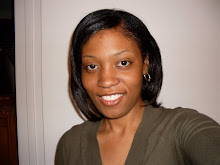I know it's been a while since my last posting, but I've been extremely busy with the opening of the new school year, tutoring, and completing work for my Master's program in Library Science. Before I discuss the guideines for plagiarism, perhaps I should explain what it is. In simple terms, plagiarism occurs when you use words, ideas, or any information from a source other than your own knowledge and experience, and fail to properly cite the information source. Probably 90% of the population is guilty of plagiarism at some point in their lives because it is often unintentional. For example, a writer could have a citation for a source, but if the source is improperly credited, it is still considered plagiarism. There is a very fine line that can't be crossed to avoid this problem. Here are some examples of actions that constitute plagiarism:
Downloading and turning in a paper from the web or paper mill
Copying or pasting phrases, sentences, or paragraphs into your own work without citation
Paraphrasing a source's words or ideas without citation
Including a graph, table or picture from a source without citation
Getting so much help from a tutor that you can't truly call your paper your own
Turning in previously written work when that practice is prohibited by your instructor
*Using Sources Effectively pg. 14
Sunday, September 28, 2008
Sunday, September 7, 2008
Picking a topic
Just finished the first chat session for LS 532. We were told we had to set up a blog dealing with the concept of copyright. After thinking about the topic for a few minutes, I thought I would start by discussing copyright and plagiarism guidelines for students. Being a member of the Master's cohort, I have been told early and often that plagiarism will not be tolerated when submitting papers. Thus I feel the need to be very informed of these guidelines. I'll check back a little later to post my thoughts on the guidelines after reading them.
Subscribe to:
Comments (Atom)

